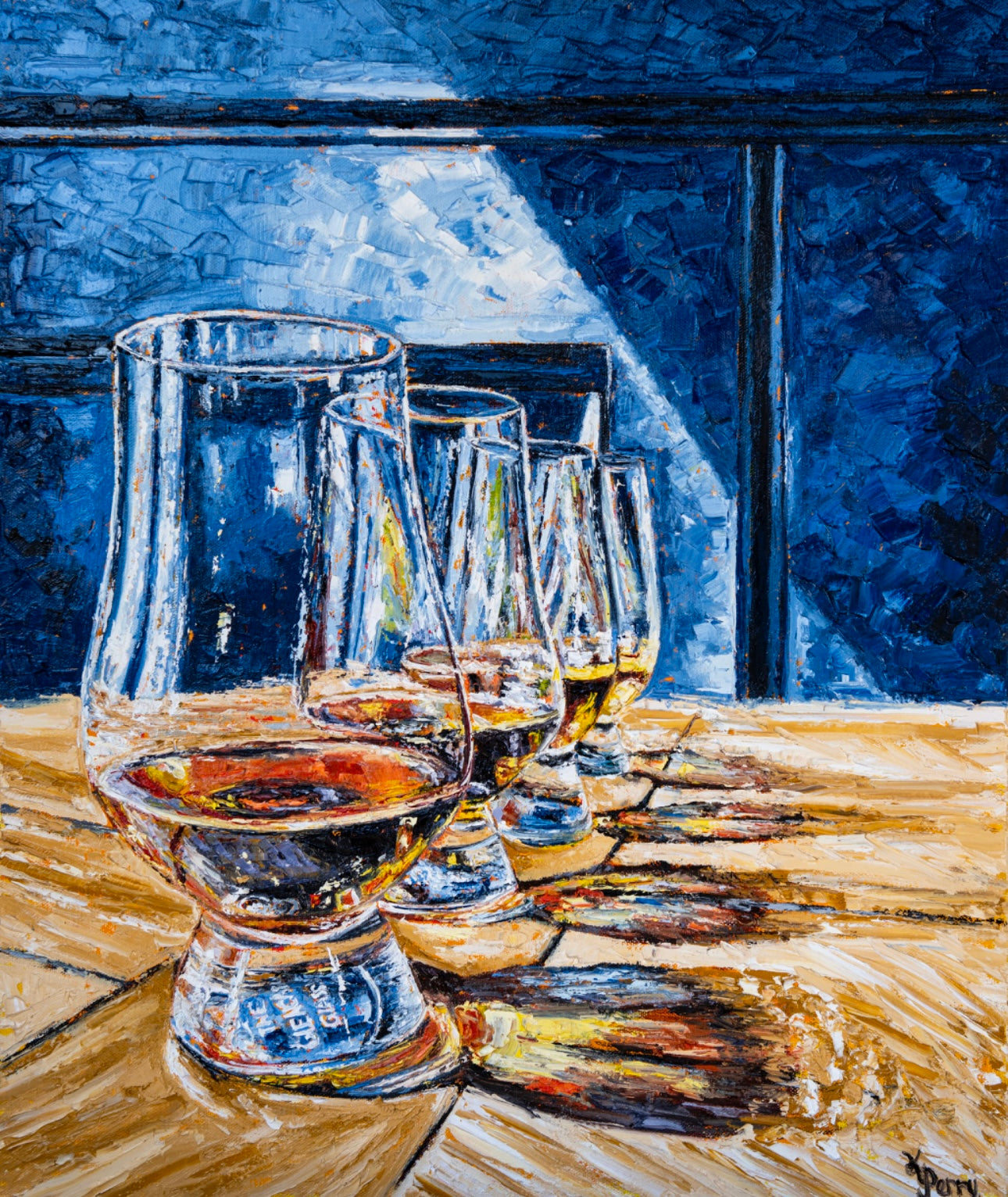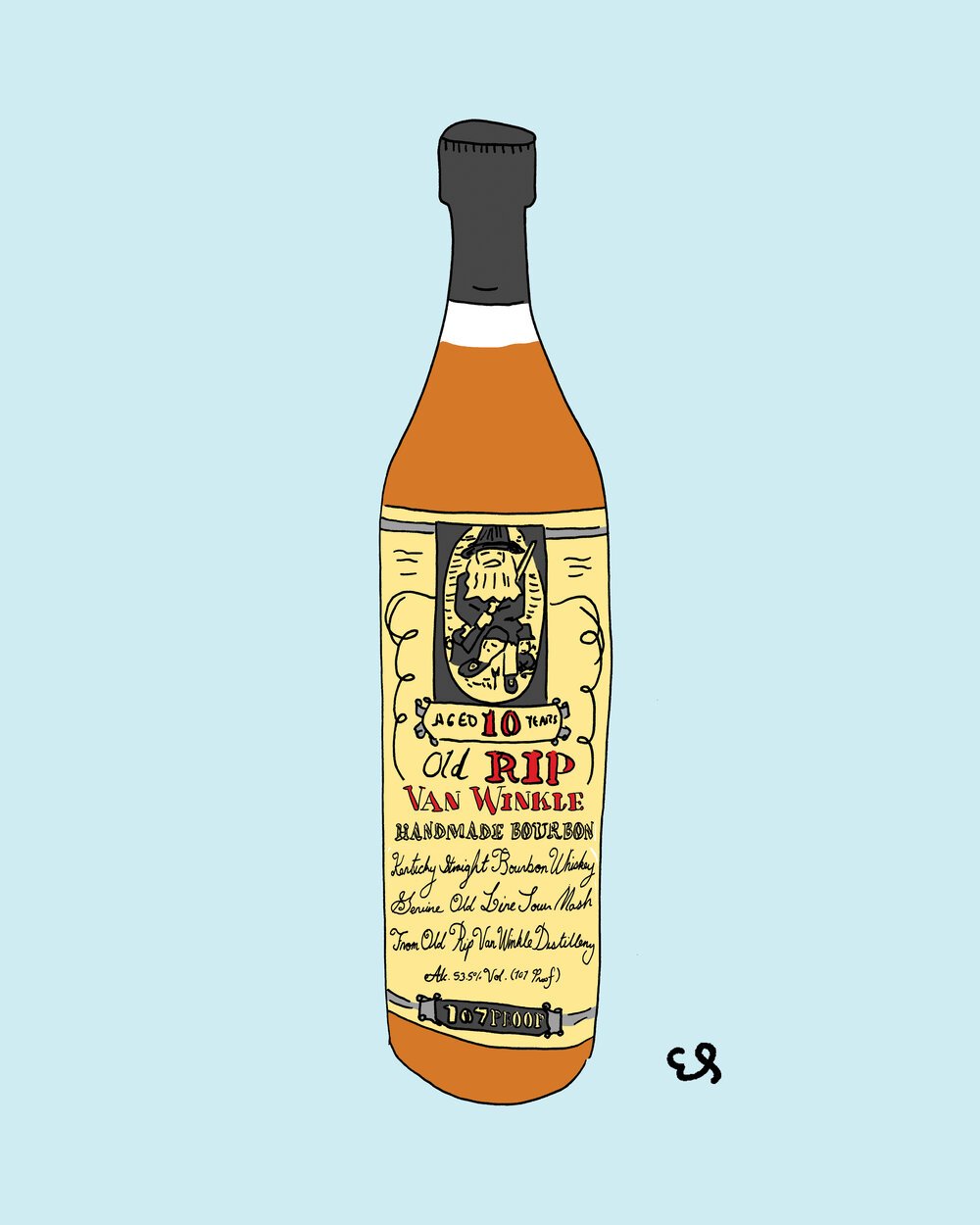Bourbon Art in Contemporary Culture: Where Practice Satisfies Technology
Catching the Significance of Bourbon Art Via Unique Visual Depictions and Designs
The art of whiskey extends past the fluid itself, manifesting through a range of visual representations that encapsulate its fabled heritage and craftsmanship. From the precise style of labels that convey brand narratives to evocative photography that records the spirit's attraction, each imaginative expression serves to enhance the consumer's journey. As the market welcomes modern fads, the dialogue surrounding these depictions becomes intricate and progressively abundant, meaning deeper connections in between society and imagination. What continues to be to be discovered is exactly how these evolving styles mirror not just the whiskey itself yet additionally the changing landscape of artistic interpretation.
The Background of Whiskey Art

As whiskey production spread, so also did the desire to raise its experience through art. From the complex inscriptions on very early barrels to the fancy tags of modern-day bottles, each component reflects a distinct artistic vision, acting as an aesthetic narrative of the bourbon's heritage.
In the 18th and 19th centuries, the increase of the industrial change even more boosted whiskey art, causing ingenious packaging and advertising that captured customer attention. Musicians and designers began exploring with appearances, imbuing whiskey-related imagery with symbolic significances that shared concepts of practice, area, and workmanship.
Today, scotch art remains to develop, mixing traditional methods with contemporary art forms. Realism Art. This recurring dialogue between the spirit and its graph emphasizes the enduring bond in between bourbon and society, improving the general experience for fanatics worldwide
Iconic Container Styles
While several aspects contribute to the attraction of bourbon, legendary bottle layouts play a pivotal role fit consumer understanding and boosting the total experience. The aesthetic discussion of whiskey bottles is not simply an aesthetic consideration; it serves as a bridge in between the customer and the product, stimulating emotions and setting expectations.
Unique shapes, materials, and closures can boost a bourbon brand's identification, making it instantly recognizable on crowded shelves. For instance, the traditional Glenfiddich container, with its elegant conical silhouette, conveys a feeling of tradition and workmanship, while the strong, modern-day layout of the Balvenie bottle shows advancement and refinement. Moreover, using colored glass or one-of-a-kind structures can recommend the high quality and personality of the whiskey within.
Iconic designs typically include components of cultural heritage, representing the brand's background and link to its roots. Brands like Jack Daniel's use an uncomplicated, robust design that resonates with its American scotch heritage. Ultimately, the impact of container design expands past plain capability; it encapsulates the significance of the brand name, welcoming customers to check out and delight in the abundant tapestry of scotch culture.
Label Artwork and Branding
Bottle layouts usually establish the stage of what customers can anticipate, however label art work and branding play a similarly substantial function in interacting a bourbon's identification. The tag serves as the initial point of call in between the product and the customer, enveloping the significance of the scotch within its visual elements.
Reliable tag art work combines shade, typography, and images to develop a story that resonates with the brand name's heritage and target market. A label featuring detailed illustrations and vintage font styles may evoke a feeling of practice and workmanship, appealing to aficionados. On the other hand, bold colors and modern-day design elements could attract a reference younger group looking for development and enjoyment.


Photography and Visual Storytelling
Recording the significance of whiskey with digital photography and aesthetic storytelling is an art type that elevates the brand name experience. This medium transcends plain product representation, delving into the intricate narratives that surround each container. By utilizing compelling imagery, photographers can stimulate feelings that resonate with customers, eventually forging a deeper connection to the bourbon brand name.
Aesthetic narration in bourbon photography frequently utilizes abundant structures, illumination, and make-up to highlight the unique attributes of the spirit. The interaction of light and darkness can emphasize the amber tones of scotch, while the choice of history aspects-- such as rustic barrels or sophisticated glasses-- can enhance the brand's heritage or way of life associations.
In addition, capturing the ceremonial facets of bourbon consumption, from the putting to the tasting, welcomes customers right into a sensory experience, allowing them to picture the flavors and aromas that await. Each photograph not just showcases the item however also narrates of workmanship, tradition, and the minutes that whiskey can improve - Whiskey Art. Thus, photography becomes look at this now an effective device in expressing the identity of bourbon brand names, placing them within the more comprehensive cultural landscape
Emerging Fads in Scotch Art
The evolution of bourbon art is progressively formed by modern patterns that mirror more comprehensive social shifts and consumer choices. This change not just highlights the significance of sustainability but likewise improves the story surrounding scotch manufacturing.
Additionally, electronic art has risen in appeal, allowing for ingenious depictions of scotch. Artists are leveraging technology to craft immersive experiences, such as augmented fact installments that involve viewers and provide a deeper understanding of whiskey's cultural relevance. This trend also expands to social media platforms, where visually striking content garners attention and cultivates neighborhood amongst lovers.
Additionally, collaborations between whiskey brands and artists are coming to be extra prevalent. These collaborations produce limited-edition packaging layouts and special art work that commemorate both the workmanship of scotch and the creativity of artists. As scotch art remains to advance, these emerging patterns will certainly form its future, cultivating a dynamic intersection of society, sustainability, and innovation within the bourbon community.
Final Thought
To conclude, the art of whiskey incorporates a diverse array of graphes that reflect its rich heritage and workmanship. From iconic bottle designs and elaborate label art work to engaging photography, each element adds to a wider story that improves the consumer's experience. As emerging trends, such as electronic art and sustainability, remain to form this imaginative landscape, the diverse identity of bourbon remains a withstanding source of social link and expedition.

In conclusion, the art of bourbon encompasses a diverse range of visual representations that show its abundant heritage and craftsmanship.